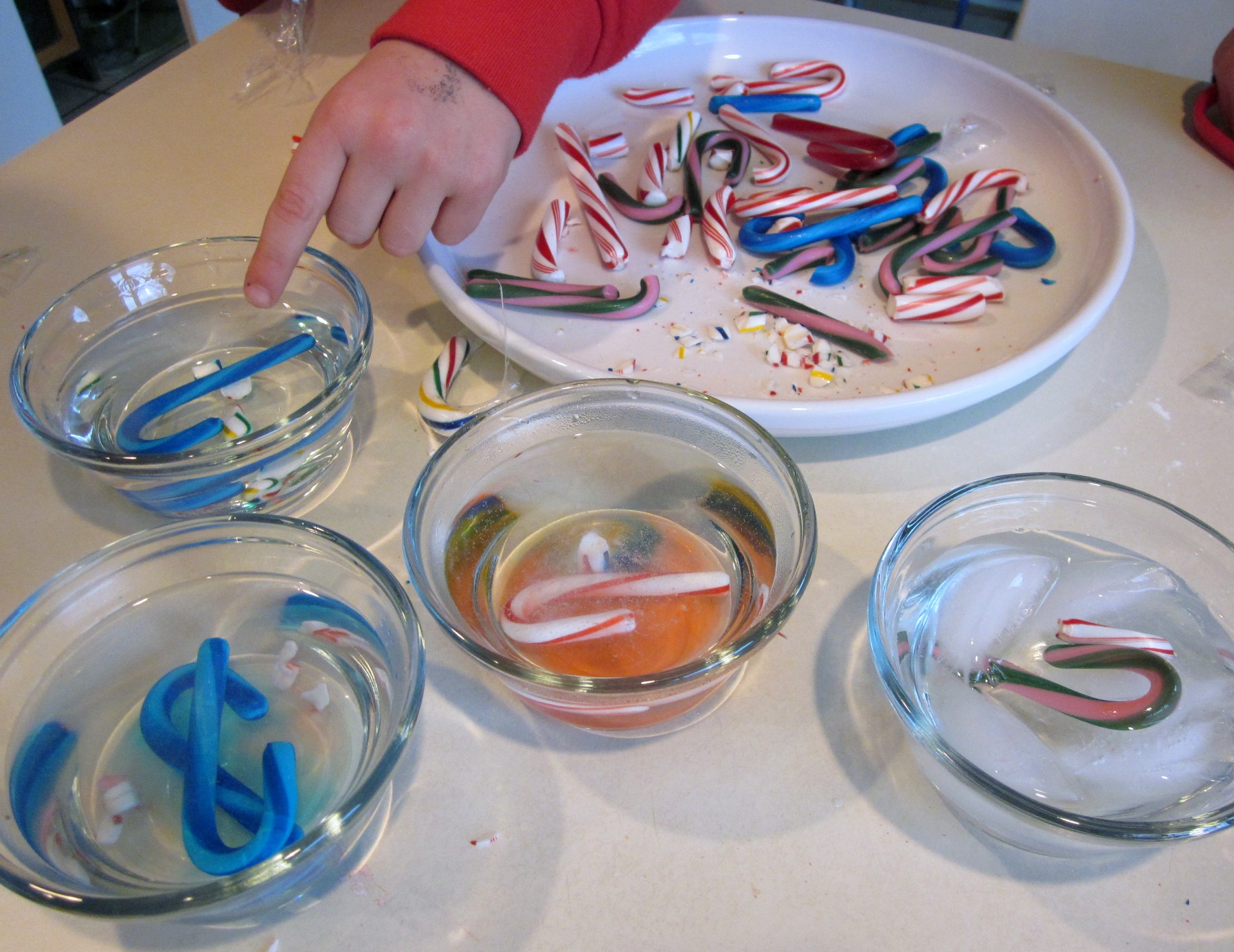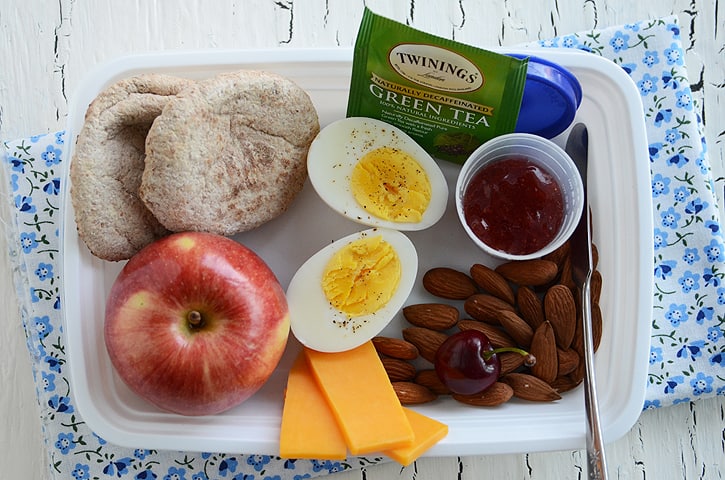First, here are some great ideas for differentiating between the cloud types:
A cloud flip book from Crazy for First Grade blog.
Take the kids outside to identify what's in the sky with this cloud viewer from Nature Watch.
Make a cloud strip that lists the different cloud types by altitude. This came from The Inspired Classroom blog.
After introducing the cloud types and their altitudes, we reviewed prepositions. Then we watched a cloud-preposition video.
As an extension, we did the following activity:
Have students draw, label (name of cloud and
prepositional phrase of position in sky), and cut out a shape of one of the
clouds: Choose one of the three main
types of clouds (cumulus, stratus, cirrus).
·
Have them write about what the presence of the
cloud means for the people on the ground (weather conditions).
·
When
all the clouds are ready, tell your little meteorologists to put their heads
down and hang out at their desks.
·
Play music while students
hide their clouds around the room.
·
Have
each child one at a time go hide their cloud somewhere in the classroom. When
they are done, have them tap the next student on the shoulder.
·
Have
the students write sentences, using prepositions, describing where they found
or hid their objects. Example: The
puffy cumulous cloud was hiding UPON the sunny window sill
OR I found my plump cumulous cloud hiding BENEATH a hefty stack
of chairs. This is also a great lesson on word choice and
adding DETAILS to your writing.
How about you? Have you combined some Science and grammar in your classroom?


















































